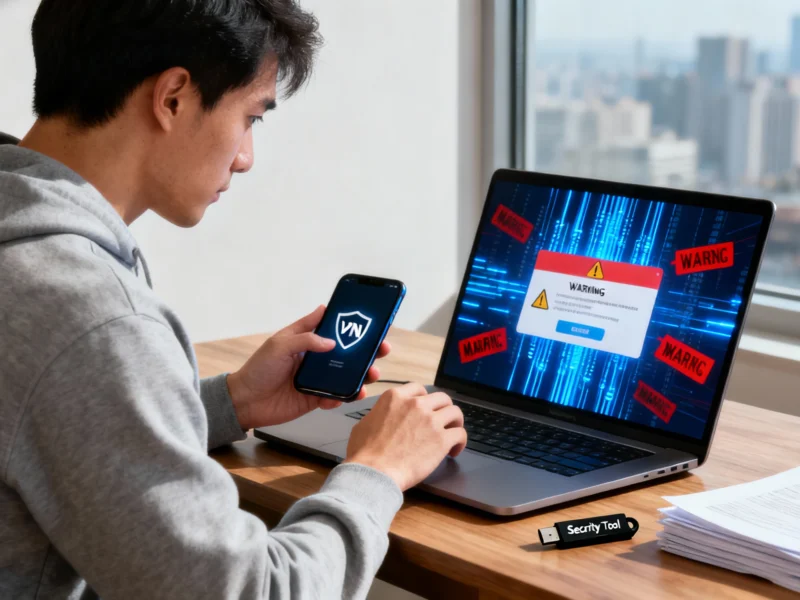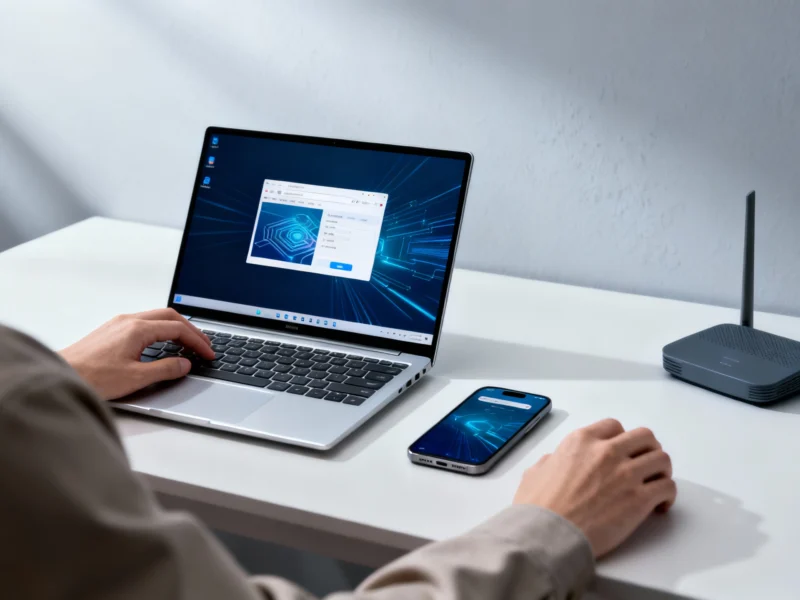A sophisticated new Android trojan named Klopatra is actively stealing funds from banking applications and cryptocurrency wallets while evading detection through advanced anti-analysis techniques. Discovered by cybersecurity firm Cleafy, the malware disguises itself as legitimate VPN and IPTV applications and has already infected approximately 3,000 devices across Europe since its March 2025 emergence.
Stealthy Distribution and Extensive Capabilities
Klopatra bypasses Google Play Store security by distributing through standalone malicious websites posing as Modpro IP TV + VPN applications. Once installed, the dropper deploys the main payload, which immediately requests Accessibility Services permissions—a common tactic among sophisticated Android malware. These permissions enable the trojan to simulate screen taps, read display content, harvest login credentials, and silently control applications without user interaction.
The malware’s capabilities extend beyond typical financial theft to include disabling security software. Researchers identified that Klopatra contains hardcoded names of popular Android antivirus applications, which it cross-references against installed software and attempts to disable. This multi-pronged approach allows attackers to maintain persistent access while neutralizing security defenses, creating an ideal environment for sustained data and financial theft from compromised devices.
Advanced Evasion Techniques
Klopatra employs multiple sophisticated methods to avoid detection and analysis. The malware utilizes Virbox, a legitimate software protection platform typically used to prevent reverse engineering of commercial applications. According to Cleafy’s technical analysis, this marks one of the first documented cases where threat actors have weaponized commercial protection tools to shield malicious code from security researchers.
Additional evasion measures include extensive anti-debugging mechanisms, runtime integrity checks, and emulator detection capabilities that prevent security analysts from examining the malware in controlled environments. The developers have minimized Java and Kotlin usage in favor of native libraries and recently implemented NP Manager string encryption, further complicating analysis. These techniques demonstrate the threat actors’ commitment to maintaining operational secrecy while continuously refining their creation through approximately 40 iterations since initial discovery.
Protection Recommendations and Industry Response
Security experts recommend several defensive measures against this emerging threat. Users should exclusively download applications from official app stores like Google Play Store and avoid sideloading APK files from unknown sources. Organizations like the Cybersecurity and Infrastructure Security Agency (CISA) advise maintaining updated device operating systems and installing reputable mobile security software that can detect such sophisticated threats.
The financial sector is particularly concerned about Klopatra’s banking application targeting capabilities. Institutions are implementing enhanced NIST Cybersecurity Framework controls and transaction monitoring systems to detect anomalous activity. Meanwhile, cryptocurrency exchanges are strengthening wallet security protocols and educating users about mobile threat vectors, as hot wallets remain primary targets for this type of malware.
Future Outlook and Broader Implications
The rapid evolution of Klopatra—with 40 versions in just seven months—signals a concerning trend in mobile malware development. Security researchers at Kaspersky Lab note that the use of commercial protection software by threat actors represents a significant escalation in the cybersecurity arms race. As legitimate tools become weaponized, detection and analysis become increasingly challenging for security professionals.
Industry analysts predict similar malware families will emerge, leveraging advanced obfuscation techniques to target financial and cryptocurrency assets. The European Union Agency for Cybersecurity has issued alerts to member states regarding this threat, while mobile security vendors are developing specialized detection methods for Virbox-protected malware. The continuous adaptation between threat actors and defenders underscores the need for ongoing vigilance and layered security approaches in the mobile ecosystem.
References:



